Can sommeliers afford to ignore sake?
How is sake impacting the work of the world’s best sommeliers? db headed to an international competition in Belgrade to find out.
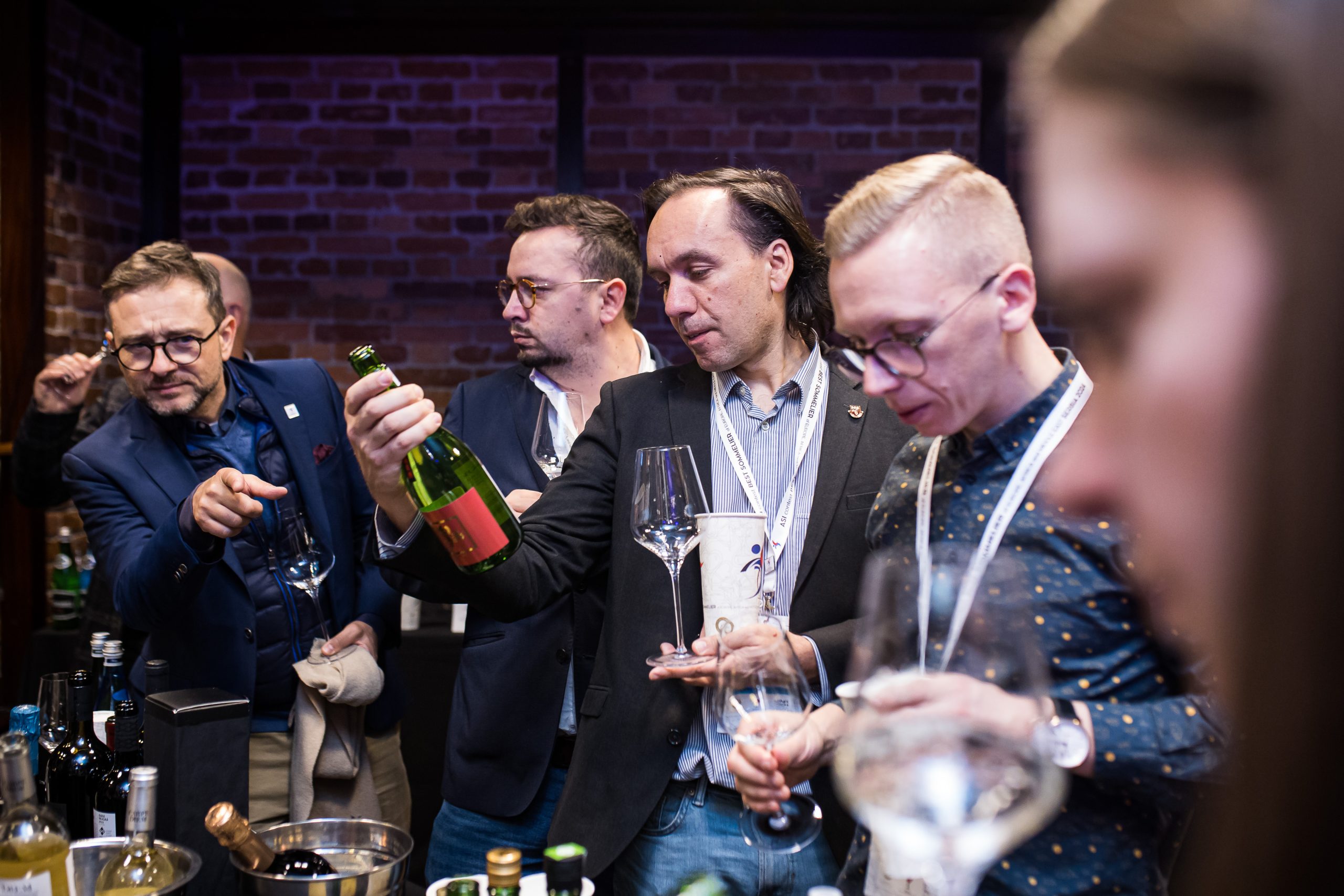
The term ‘sommelier’ has long been associated predominantly with the world of wine. You see it, for instance, in the job adverts which mention a sommelier’s numerous wine-related tasks and make scant, if any, reference to other beverages. You even see it in the terminology. People speak of whisky sommeliers, water sommeliers and sake sommeliers, but ‘wine sommeliers’ are simply ‘sommeliers’.
That may be changing, however. The Association de la Sommellerie Internationale (ASI) is pushing the narrative that sommeliers should extend their knowledge beyond just wines. Since 2022, it has partnered with the Japan Sake and Shochu Makers Association (JSS) to ensure that sake could be a central part of that narrative.
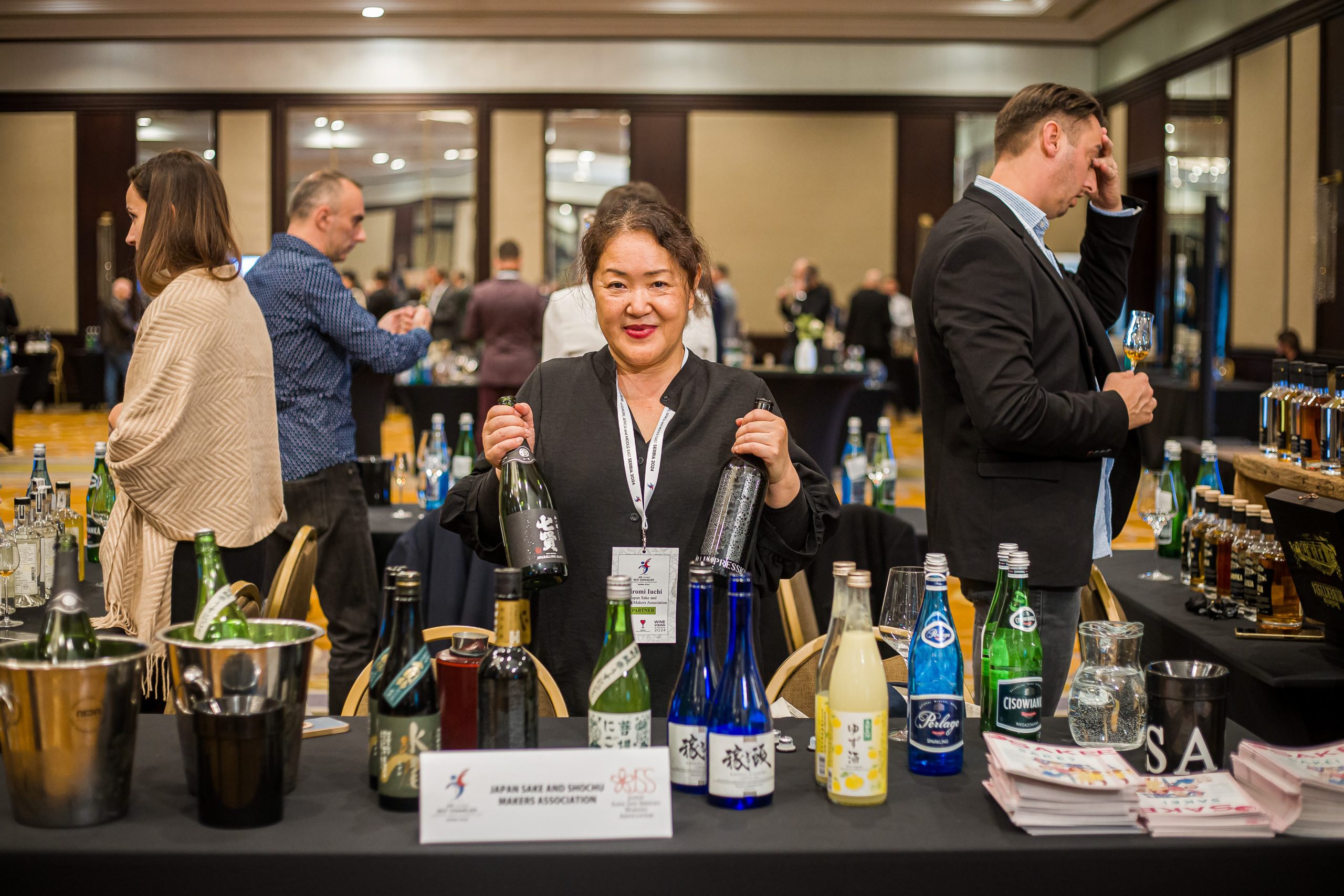
“The perception of the sommelier as just the wine person is outdated,” explains Xenia Volosnikova, marketing and communications specialist for the ASI. “They have to know everything.”
The ASI and JSS teams are therefore spearheading efforts to educate the world’s sommeliers on the history, production and profile. It is a bold choice, coming with both challenges and rewards.
While some top sommeliers will have honed expertise in the category, other industry-leaders may have barely any experience. The difference will often be down to chance. As sake is often confined to Japanese restaurants, a sommelier’s level of expertise may be purely down to the restaurants on their CV.
The ASI and the JSS are approaching the challenge both through educating sommeliers and raising the category’s profile. The ASI’s recent competition, the Best Sommelier of Europe, Middle East and Africa Contest, demonstrated both approaches.
Educating the world’s best
An ASI competition is not a single event, but rather a week-long celebration of the sommelier’s craft. Masterclasses, excursions, tastings and dinners all form part of the event. This contest, hosted in Belgrade, Serbia was no different.
There were therefore multiple opportunities to showcase sake. With a delegation from the JSS on the ground, the sommeliers had greater access to sake than they would likely enjoy in their day-to-day jobs.
At the heart of the programme for the JSS was a masterclass. The session was delivered by Michael Tremblay, a representative from the JSS’s North American support desk. He is also a sake samurai and James Beard Media Award winning-author.
Having hosted other sake masterclasses for the organisation – “I feel like a part of the ASI family,” Tremblay said – he knew the unique challenge of addressing such a cohort. It amounted to a whistle-stop tour from the most basic principles through to the geeky minutiae on which sommeliers thrive.
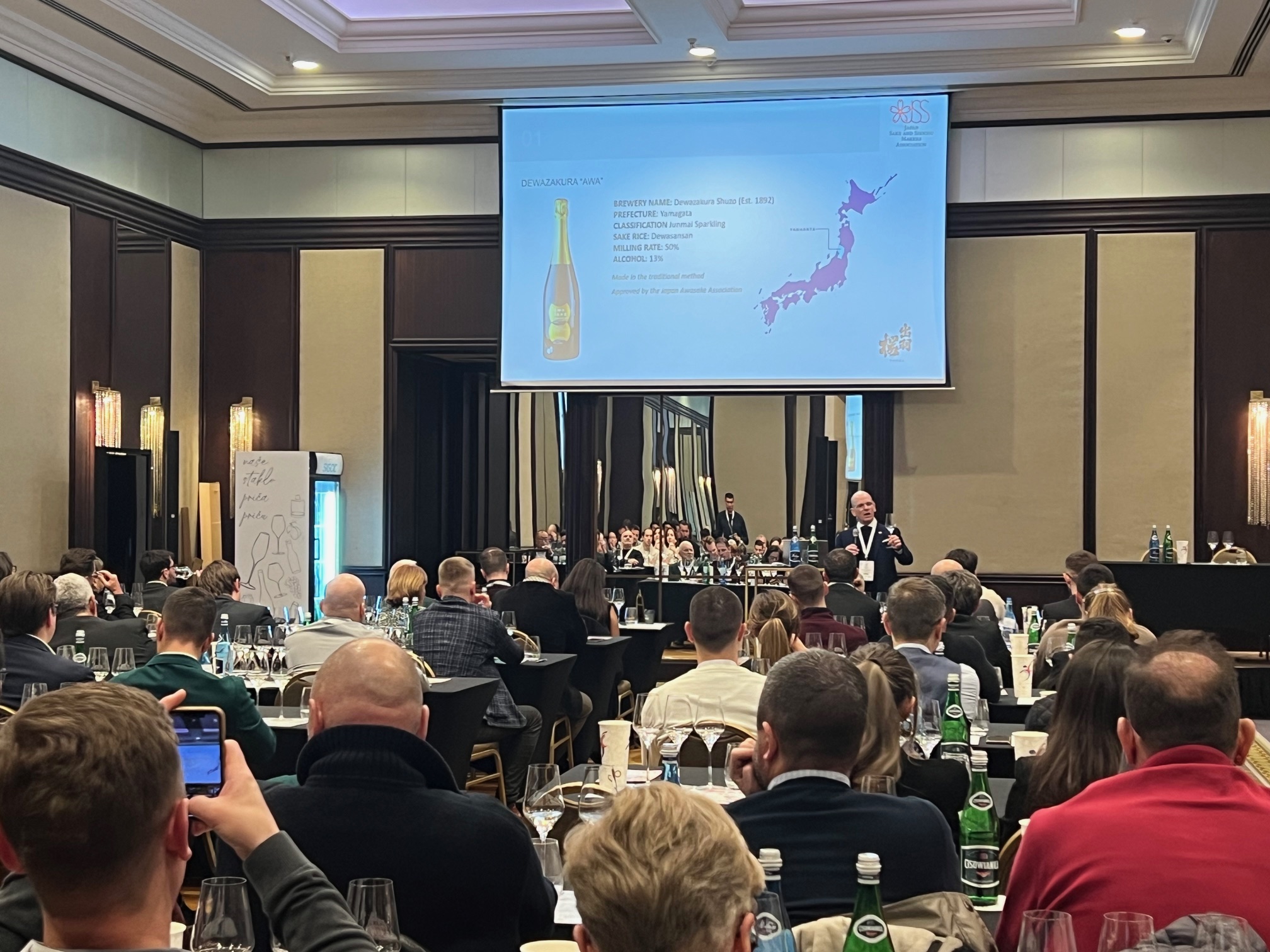
He began with a survey of the production methods. Tremblay discussed the process that turns rice into sake, establishing the roles of different rice varieties, koji, yeast and water. He also offered some personal experiences of the unique production processes.
Yet, having established the basics, he could also delve into the smaller details. In many cases this was literal: the molecular building blocks of sake are important for sommeliers to understand.
Tremblay dashed through, for instance, the flavours enhanced by various amino acids and the need to recalibrate your palate to sake’s low acidity. He even addressed the best mineral waters to use in production: “Sake does not like iron. It’s like its kryptonite.”
Given that the attendees were also tasting a wide range of sakes, the masterclass could not address everything. In fact, one of Tremblay’s main objectives was to open minds to the sheer variety the category offers. With 200 rice varieties used in production and immense geographic diversity – “Like discovering a new micro-country every time you go to a new region” – sake offers much to the inquisitive sommelier.
Moreover, it is an exciting time to explore. “Right now, there is so much happening and so rapidly in the world of sake that it’s hard to keep up,” he commented.
Raising sake’s profile
Education is not the only reason that the JSS has entered into a partnership with the ASI. The ASI’s programme is a vital way to promote sake on an equal footing to the world’s most prestigious wines.
Partner Content
There was therefore a table of sakes at the Bar des Sommeliers. This event provides a social space, but also an area in which Sommeliers can taste together and explore new products.
The sake table, hosted by the JSS, allowed the products to speak for themselves. It is, Volosnikova highlighted, an advantage of the ASI event that sommeliers can taste without the presence of a distributor. The quality alone is key.
Moreover, surrounded by international wines, the tasting demonstrated that sake is not just for Japanese restaurants. Like wine, it is a versatile category. “We need to show that sake should be served in places you wouldn’t expect it,” explained Sören Polonius, co-director of the ASI’s Exams & Education Committee.
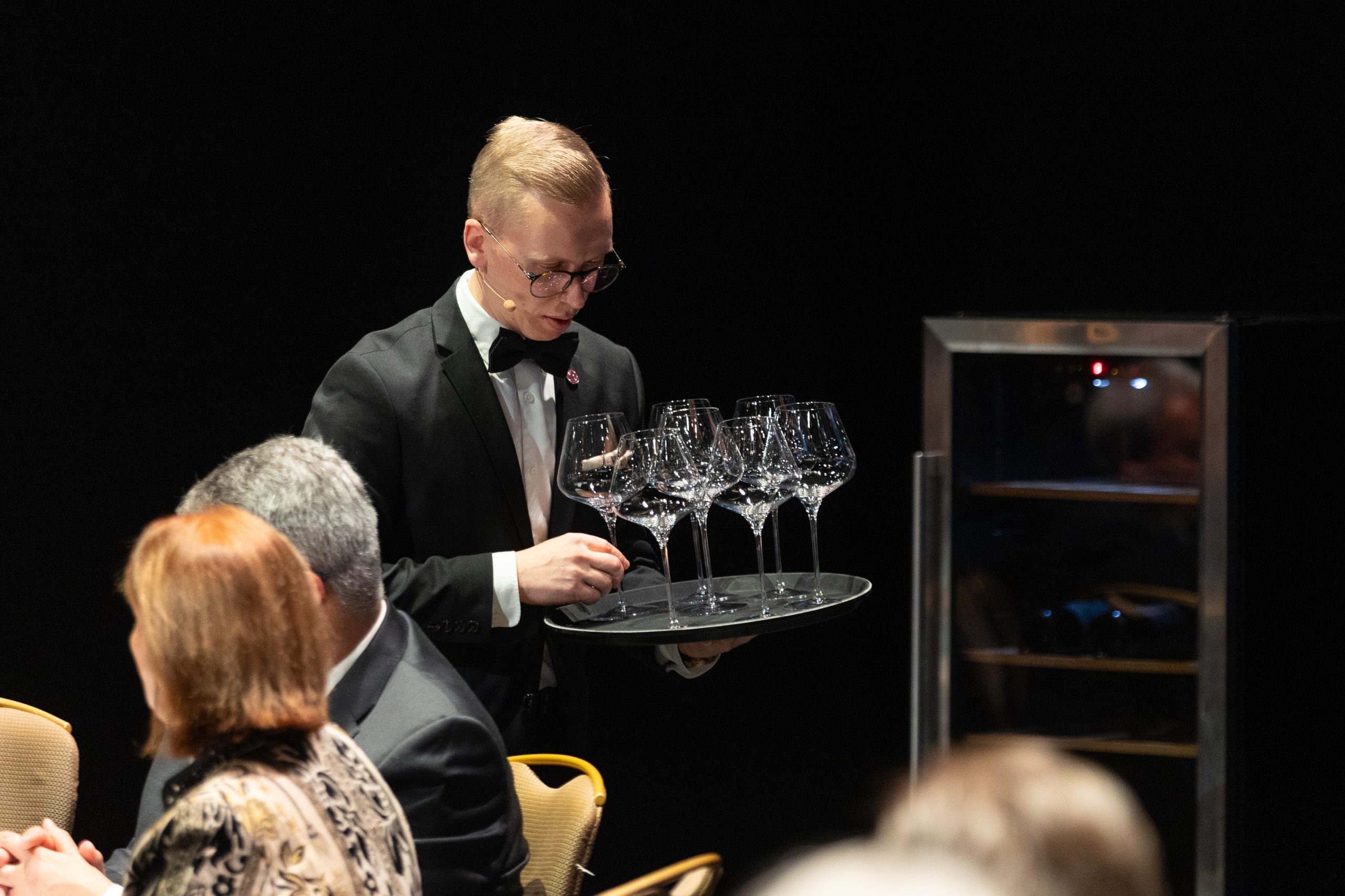
Nowhere was that raised profile more evident than in the competition itself. Sake featured prominently in the final
Martynas Pravilonis, the finalist from Lithuania received the task of serving a junmai daiginjo in the final. Just as when serving the wines, he had to select the bottle and glassware, and then explain the selection to the table. He suggested pairing it with seafood dishes, and recommended junnmai daiginjo sake as a versatile alternative to white wine.
Later, in a task for all three finalists, sake featured in a quick-fire selection of questions. Presented with an image, they had to identify the koji-muro (the room for making koji) and know that it is integral to the sake-making process.
Clearly, from its role in the final, knowledge of sake is essential to the modern sommelier. The ASI has positioned the sommelier as an expert in all categories, not just wine.
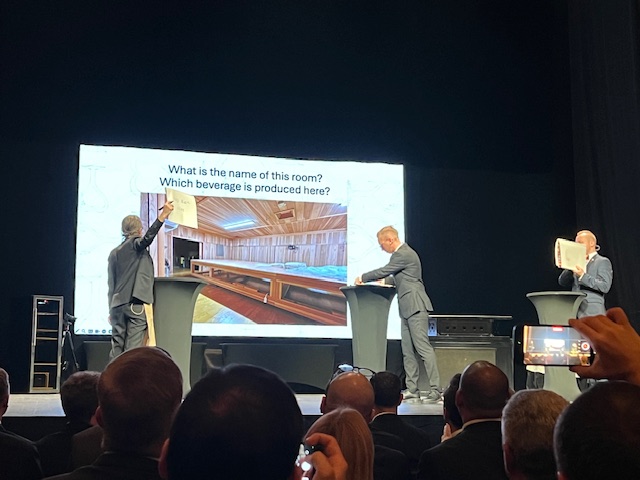
Excitement among sommeliers
Of course, the thing that matters most is whether sommeliers are bringing the category to their restaurants. Speaking with them in the Bar des Sommeliers, it is clearly becoming increasingly important in the industry.
They came with diverse views, but the excitement, not to mention the popularity, of the sake table was palpable. Those sampling the sakes were strongly invested, regardless of their expertise.
One Polish sommelier, for instance, admitted that he barely comes across the category in his restaurant. A sommelier from Mauritius, on the other hand, immediately began adding his personal favourites to the discussion. Another simply commented: “It’s a great possibility to try something new.”
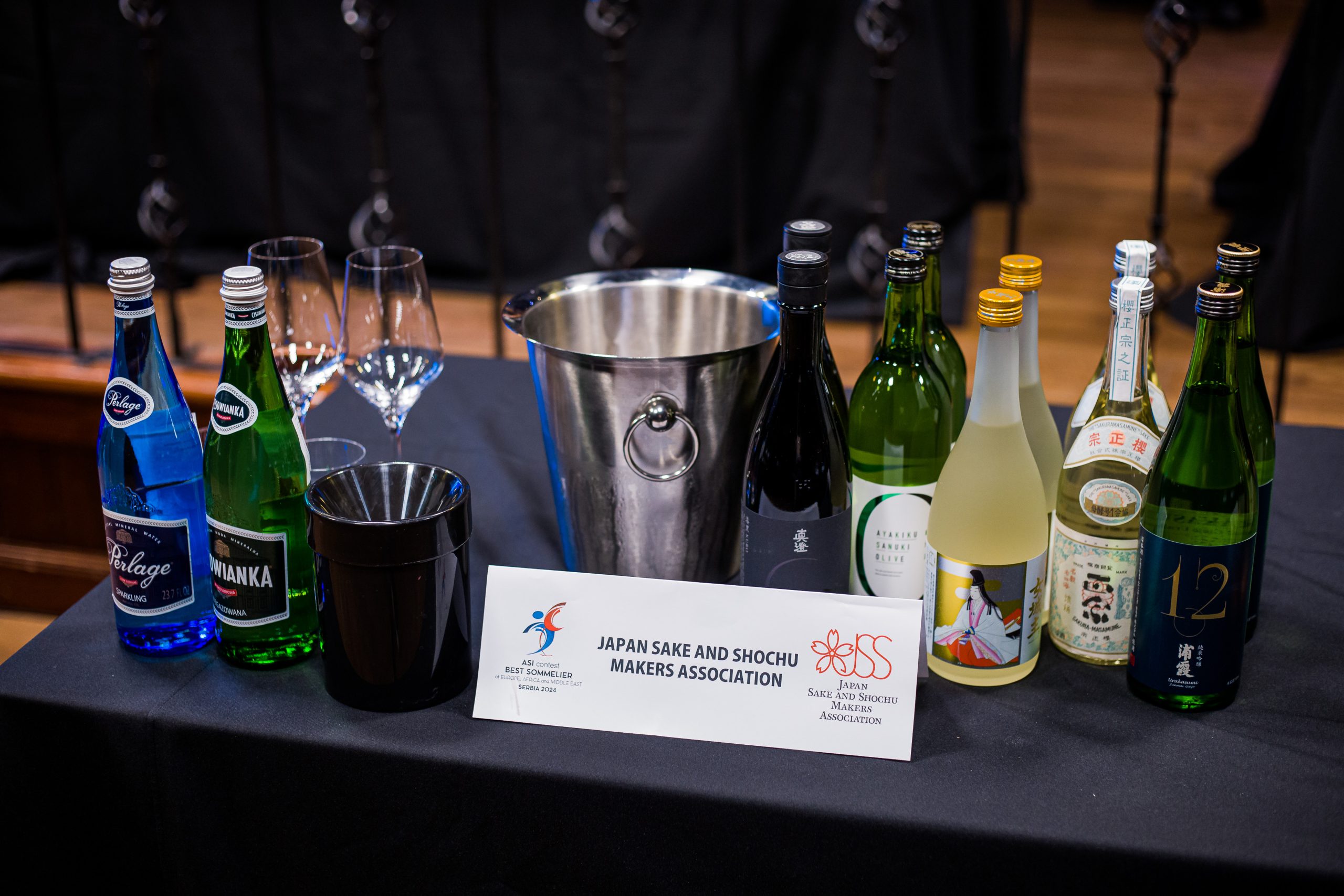
The category is not without its challenges. Marc Pinto, a delegate from Portugal, highlighted how it can struggle to compete when countries have their own wine industries.
“We’re a very traditional country,” he admitted. He believes that Portugal tends to stick to its own products, or those from long-established partners. That affects where you can find sake: “It is something that is not so common in Portugal outside of Japanese restaurants.”
Still, Pravilonis demonstrates that sake can thrive far beyond Japan. At his restaurant, sake sits on a separate list to wine, but has been integrated into the pairings for the menu.
”Most sake we sell is through the wine pairings,” he commented. “Maybe one in 10 will want to switch to wine, but for most it is something exciting and different.” Along with hand selling and the influence of tourism to Japan, it is making sake a lucrative part of his offering.
So has sake taken over the restaurant world? Perhaps not yet. But the evidence from the ASI’s week in Belgrade is the drinks industry cannot afford to ignore sake. For those in the know, it can be an exciting new avenue for sommeliers and diners worldwide.
Related news
Are we about to see more British booze in South Korea?
hors Bordeaux: a tasting tour through the platform's top international expressions

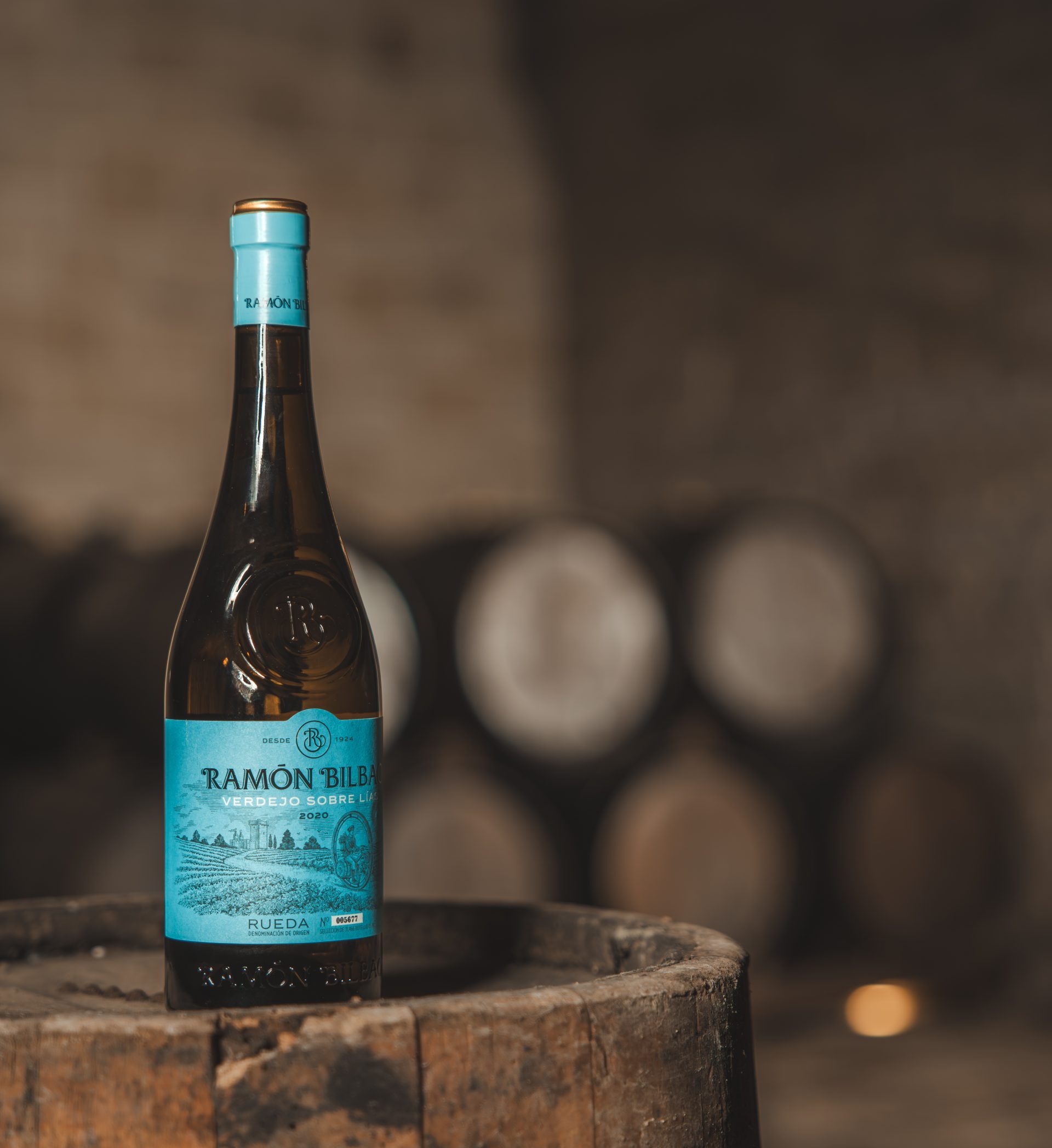
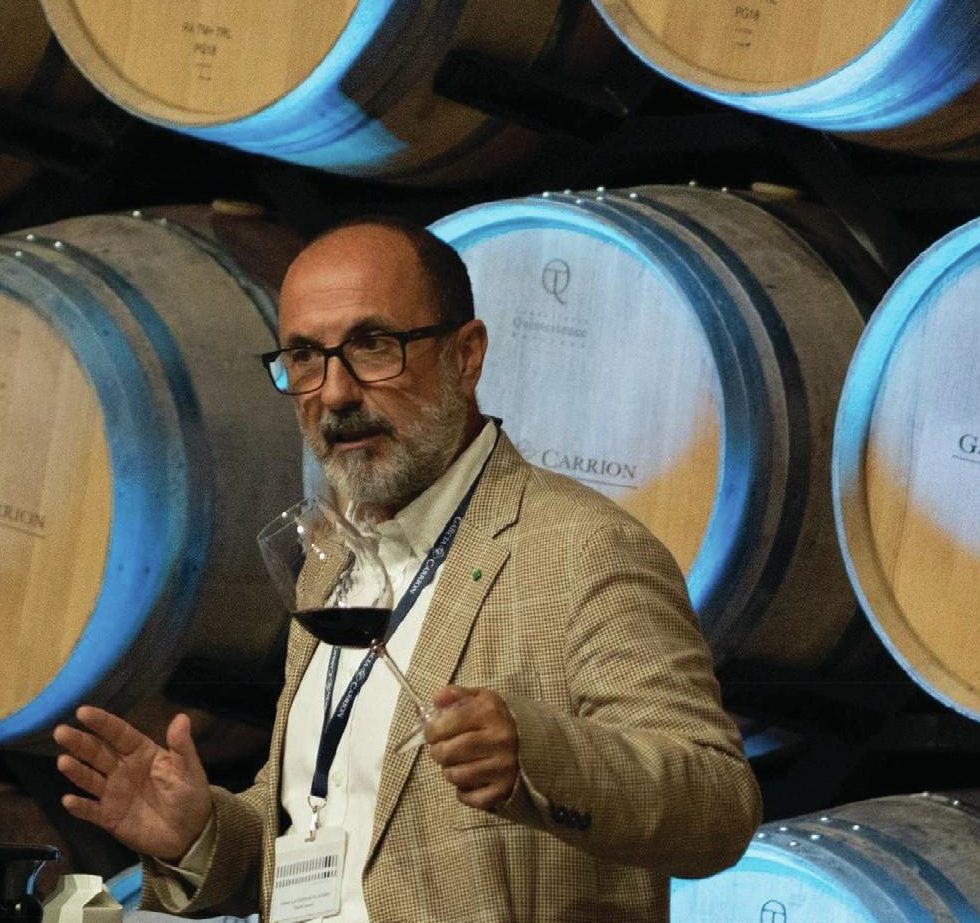

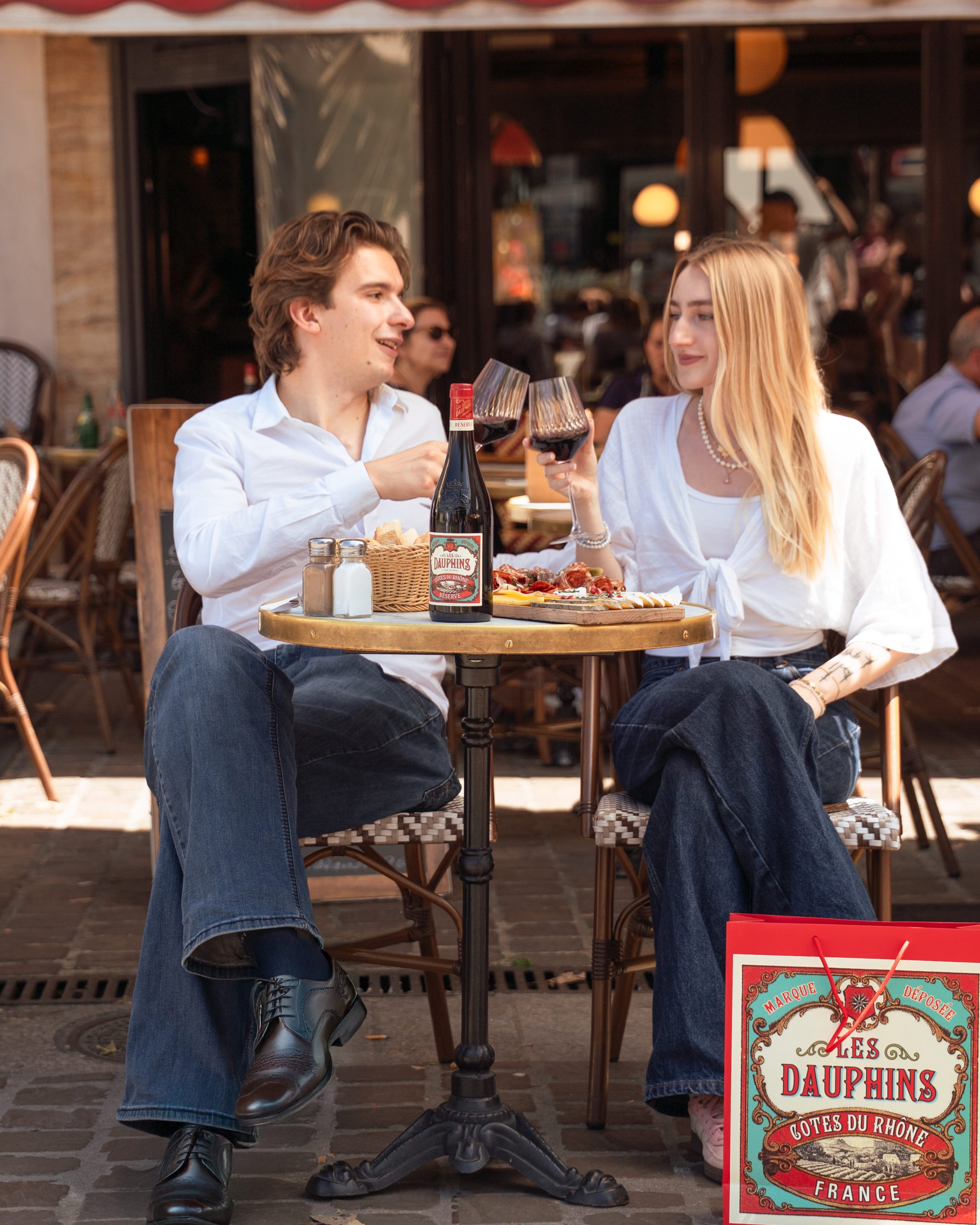
It would be brilliant to do a similar initiative with mead. There are a lot of preconceptions with mead that need to be dashed on the head. Mead and food pairings is a skill all sommeliers should have.